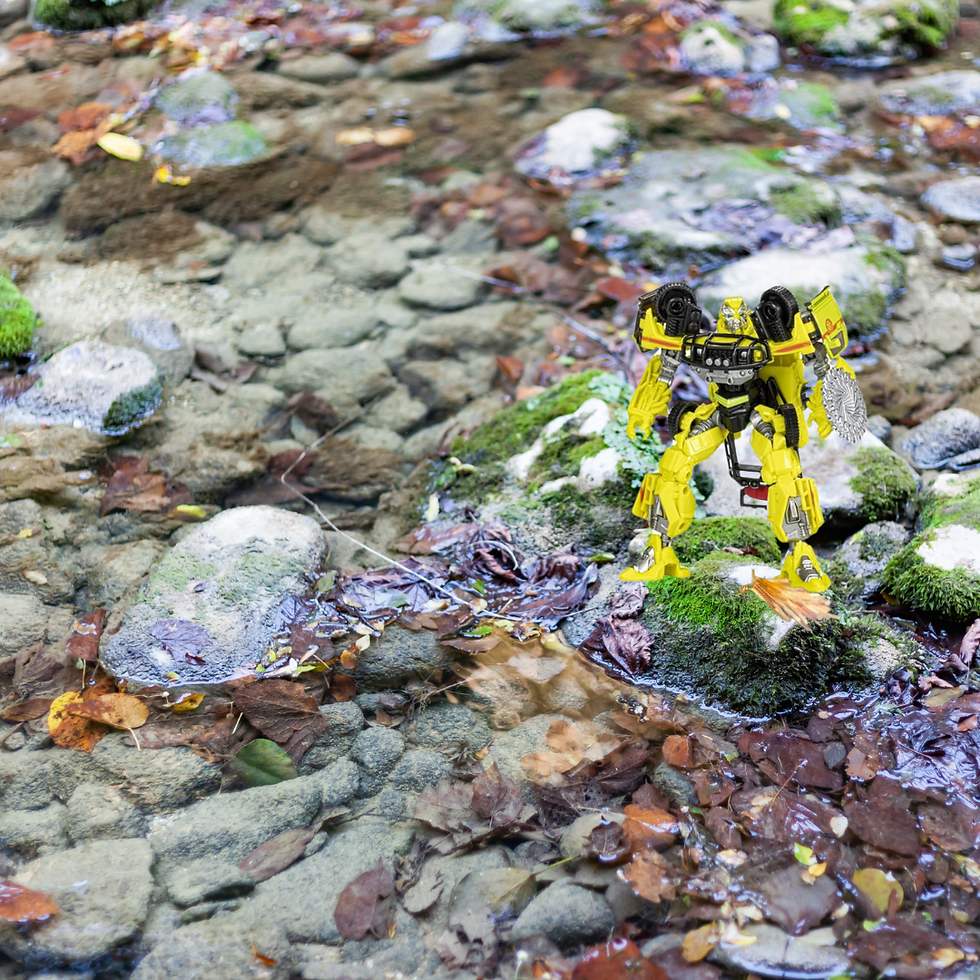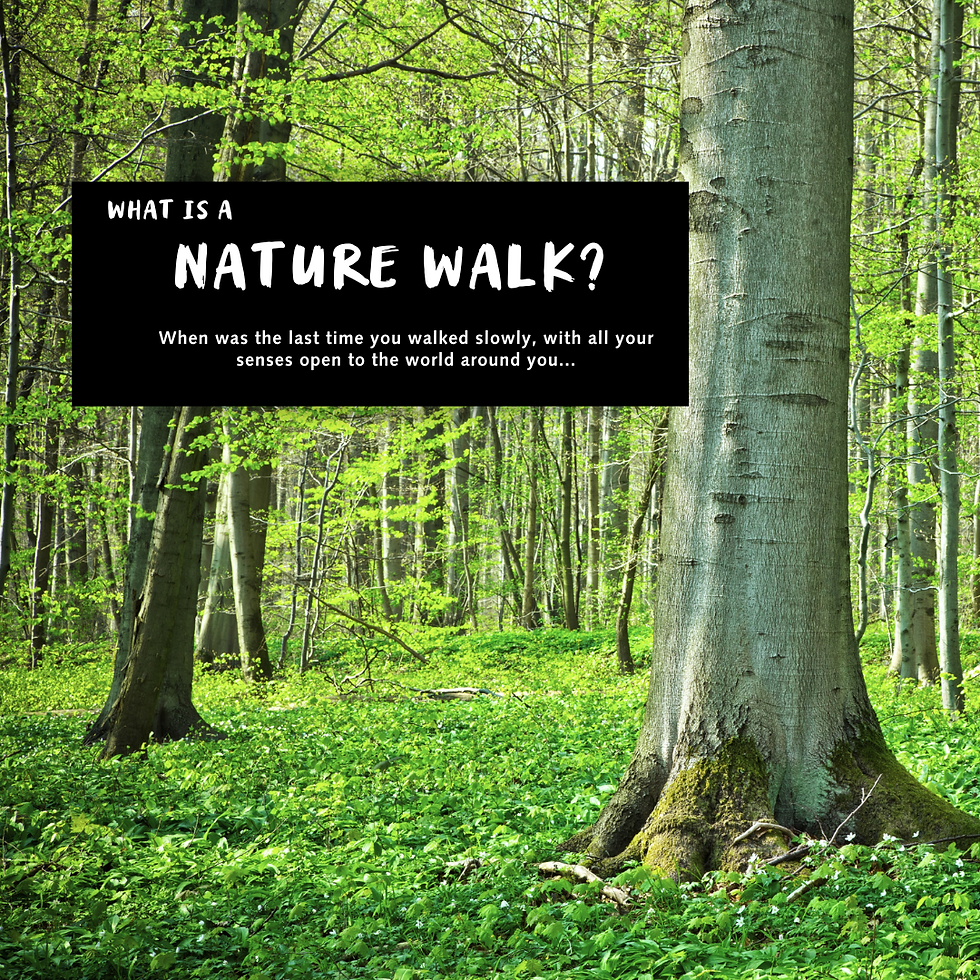The Caddisfly: Nature’s Transformers
- Carmen Kuntz
- Sep 10, 2024
- 4 min read
Updated: Feb 18

What if I told you that lurking beneath the sparkling surface of a stream lives an insect that could rival any Transformer? Meet the mighty caddisfly, nature’s very own shape-shifting wonder. Like Autobots and Decepticons, these insects are masters of transformation, evolving through different stages with unique adaptations and skills. Exploring caddisflies in their natural habitat makes for a unique experience in Slovenia, perfect for those seeking eco adventures with families.Caddisflies are small to medium-sized insects belonging to the order Trichoptera, closely related to moths. They are found near freshwater habitats like streams, rivers, and lakes. As larvae, they build protective cases from silk and environmental materials like sand, leaves, or twigs. They feed on algae, plant debris, and detritus, playing a crucial role in nutrient cycling. Caddisflies are vital in food webs, serving as prey for fish and other aquatic animals. They are also important bioindicators, as their presence or absence reflects water quality; they thrive in clean, oxygen-rich environments but decline in polluted conditions, signaling ecological changes. Caddisflies go through various life stages, shape shifting like a Transformer, and moving from an aquatic environment (underwater) to a terrestrial environment (on land), to an aerial environment (in the air).
Stage 1: Underwater Warriors
Caddisflies begin their lives as aquatic larvae, hiding beneath rocks and clinging to the substrate (material that makes up the bottom of a riverbed, like gravel, sand, silt, and clay ) of fast-flowing streams and rivers. Think of them as the underwater characters of the Transformer world—like the Submarauder but tiny and mighty. In this larval stage, caddisflies build impressive armored cases from sand, pebbles, and plant materials, creating portable shelters that protect them from predators.
These crafty architects use silk—a natural supermaterial they produce themselves—to glue their homes together. The result? A tough, custom-built exosuit straight out of a sci-fi cartoon. On a nature walk, we’ll take our shoes off and wade into the river or stream and see if we can find a few of these tiny builders to get a closer look. This is a fun part of outdoor family vacations and makes for a fantastic family activity near me when exploring the Soča Valley in Slovenia.

Stage 2: Nature’s Eco-Guardians
Caddisflies are picky about where they live—only clean, oxygen-rich waters will do. This makes them essential guardians of aquatic ecosystems. If you find caddisfly larvae in a stream, it’s a good sign that the water is healthy and unpolluted.
Just like how the Autobots protect Earth, caddisflies protect their watery environments by keeping ecosystems in balance. Their presence serves as a natural warning system against pollution—if they vanish, it’s a signal that something is wrong. Witnessing these environmental indicators firsthand can inspire those visiting the Soča Valley, to consciously limit their impact on the environment. From not disturbing rock in riverine ecosystems to selecting campsites that are environmentally conscious, ultimately seeking sustainable travel Slovenia experiences.
Stage 3: Nature’s Cleanup Crew
As larvae, caddisflies play an essential role in stream ecosystems by munching on tiny living plants, algae, and decaying organic matter. They’re nature’s cleanup crew, breaking down dead material and recycling it into nutrients that support the entire food web. Picture them as the maintenance bots of the stream, tirelessly working to keep things running smoothly. And seeing them up close is a fascinating Soča Valley family activity for curious kids and adults alike. In their larval stage, they are also an important food source for everything from the native marble trout, to the wild little dipper bird, who will fly underwater to collect the caddisfly and tap the case on a rock until the larva pops out.

Stage 4: The Epic Transformation
After months of living underwater, caddisflies enter their pupal stage—the moment of transformation. Inside their cases, they undergo a metamorphosis that would make even Optimus Prime jealous. They then float to the surface (some of which get nabbed by hungry trout). They climb out on rocks and dry out. When the transformation is complete, they emerge as sleek, winged adult insects.
Like Autobots shifting gears, caddisflies shed their aquatic identities and take to the skies. They now have one mission: to find a mate and continue the cycle of life. It’s an epic moment, as they trade their underwater exosuits for the freedom of flight. This natural marvel can be appreciated during a serene nature walk along Slovenia’s pristine rivers.
Stage 5: Ancient Survivors
Caddisflies have been around for more than 300 million years. As ancient survivors they have witnessed countless changes to our planet and adapted to thrive through it all. Their longevity makes them some of nature’s most successful transformers.

A Life Cycle Worth Celebrating
From armored underwater builders to graceful aerial flyers, caddisflies are the ultimate transformers of the insect world. Their incredible life cycle, from larvae clinging to streambeds to winged adults soaring through the air, showcases nature’s brilliance and resilience.
So, when you spot a fluttering insect near a stream while on a nature walk, remember—you’re witnessing a true superhero of the natural world in action. The caddisfly—nature’s very own Transformer. Discovering their life cycle firsthand offers a family activity with something for everyone, making it an unforgettable part of any Slovenia active holiday or eco adventure,




